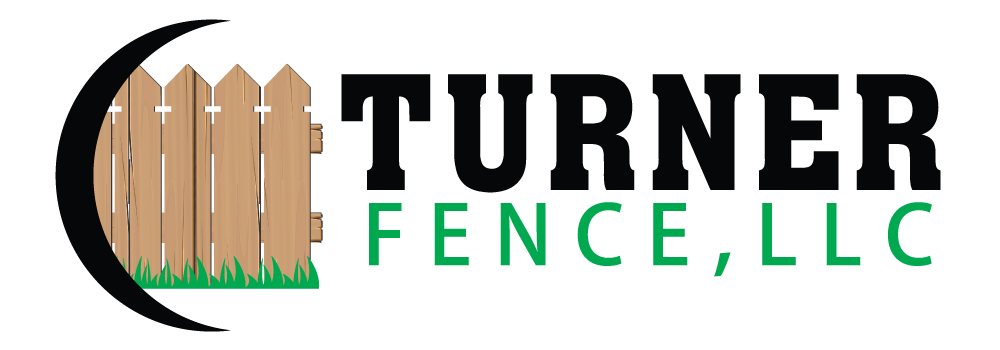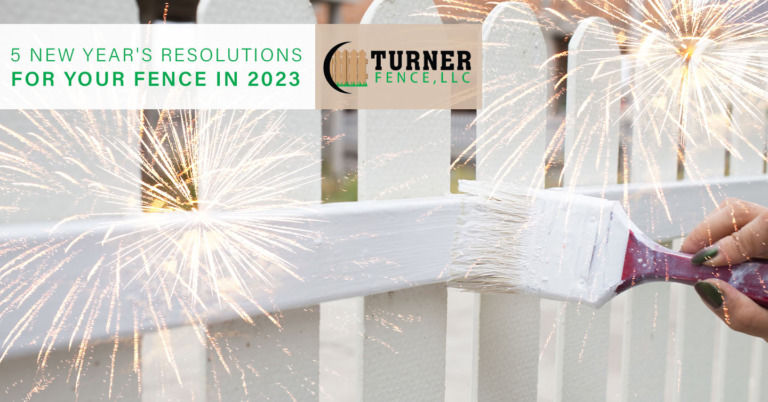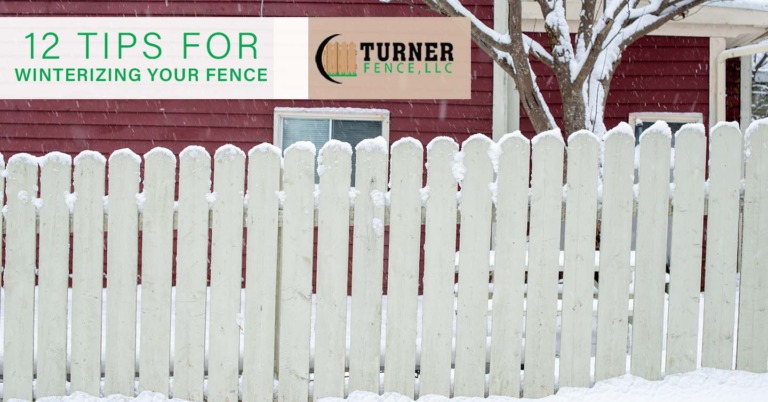Has the recent wave of winter weather and storms in our area made you more aware of your home’s exterior, including your suddenly sagging fence? Let’s review why your fence is leaning and ways to fix it to help keep your fence looking its best this season and beyond.
Why is your fence leaning?
Your fence could be leaning for a variety of reasons, which is why it’s a good idea to identify the root cause in order to address it. From weather to normal wear and tear, why your fence is leaning and ways to fix it go hand-in-hand. Below are some of the main causes of a leaning fence.
Wind
While fences actually offer wind protection, there’s such a thing as too much wind. Strong winds can lead to tilted fence posts or boards as well as broken ones. Vinyl fences can even become warped or damaged after high winds, so it’s always a good idea to inspect your fence after high winds.
Rain and flooding
Heavy rain and flooding can loosen and move the soil around your fence posts, for example. This could make them unstable, which can lead to a leaning fence.
Extreme temperature shifts
Heat, humidity and extremely cold temperatures can each cause certain materials to expand and shrink. Eventually, this can lead to warped parts, loose fastenings and fragile fences.
Old, damaged materials
Is your fence made of natural materials such as wood and bamboo? If so, exposure to the elements and time itself could make parts of your fence rot and lean.
Pests and animal damage
Certain pests and animals, including termites, your own pets and wild animals, could also threaten the structural integrity of your fence.
Tree branches and roots
Mother nature strikes again as the culprit for fence damage, but this time it’s from trees! Roots as well as branches could be shoving and pushing parts of your fence out of place, leading to leaning.
Ways to fix your leaning fence
Now that we’ve reviewed the why, it’s time to talk about how to fix it. Again, the solution will depend on the reason the fence is leaning in the first place. If rain and flooding are the problem, the solution could be redirecting the water. If rot and pest damage are the culprits, you may just need to replace the damaged areas.
Sometimes your fence may need extra support in the form of an additional rail or a new post. However, if your fence shows extensive damage or you just don’t know where to start, work with a professional fencing company, like Turner Fence.
Summary
If you still have questions about why your fence is leaning and ways to fix it, contact us. We’d be happy to discuss your concerns and schedule a time for us to come out and see how we can help, whether it’s a repair or time for a new fence. For more fence care tips, ideas and industry news, keep reading our blogs.




